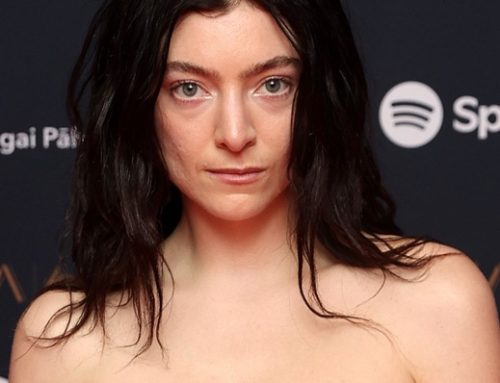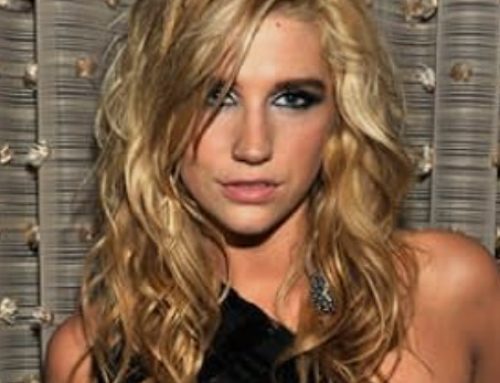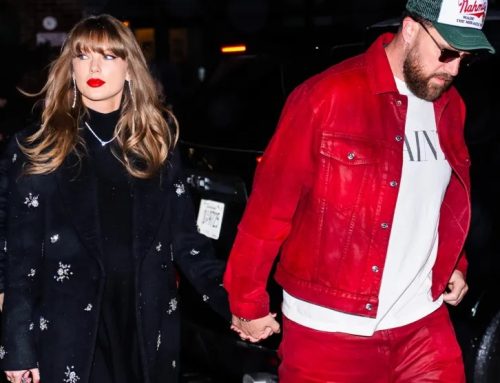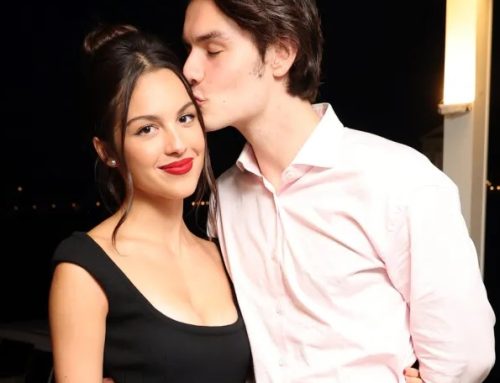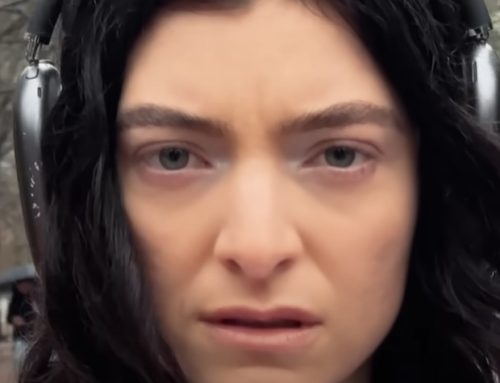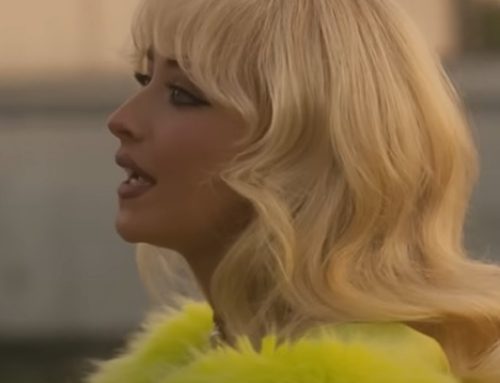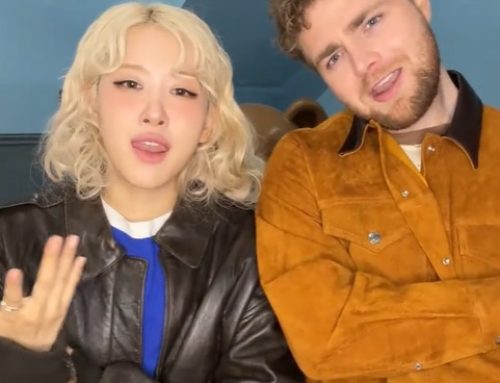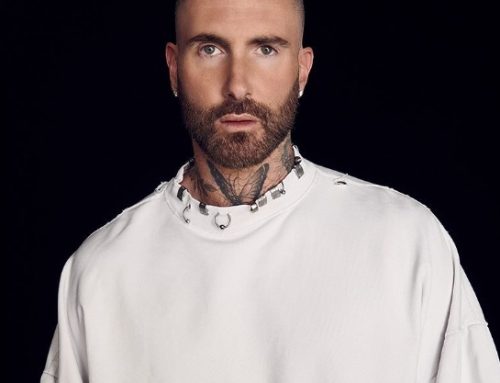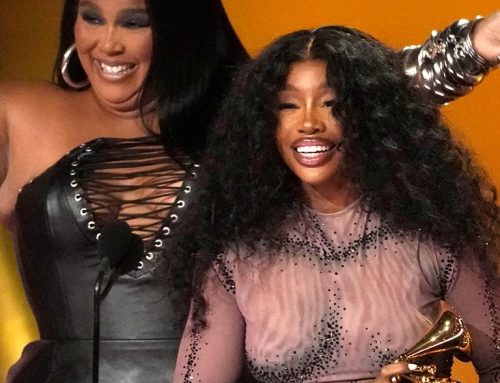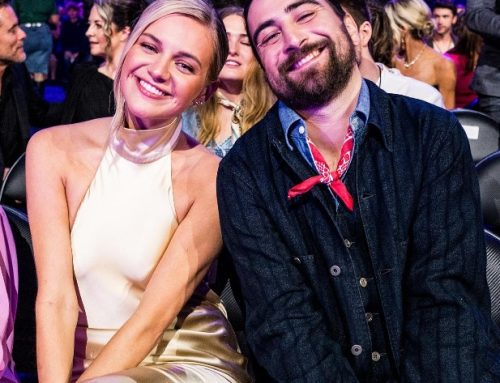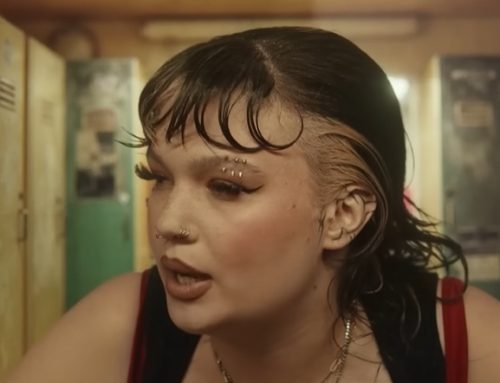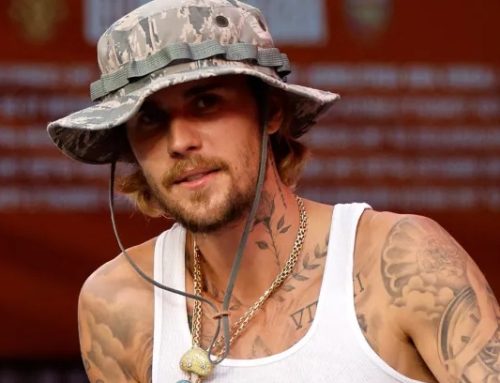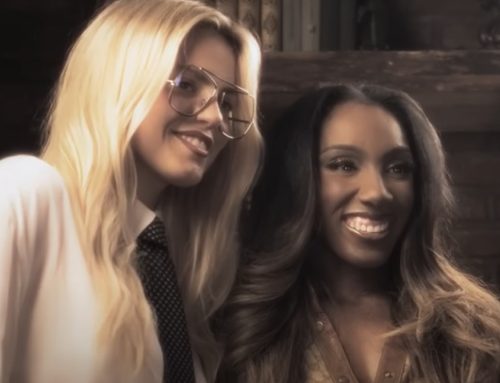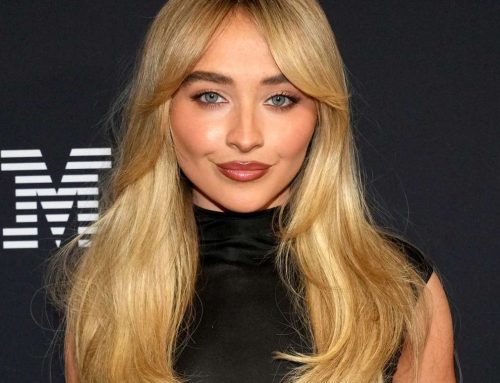“Our culture is the main character in the film also, because we’re looking at ourselves and how we enabled this or how it affected us,” Samantha Stark tells Billboard.
“The world is watching,” Britney Spears’ court-appointed attorney Samuel D. Ingham III wrote in a Sept. 3-dated court filing that spoke to the growing attention around her conservatorship of 12 years. And the world really started watching when The New York Times Presents: Framing Britney Spears premiered on FX and Hulu last Friday, driving 1 million tweets about Spears and the #FreeBritney movement in the week since and putting Spears’ conservatorship, led by father Jamie Spears, in a whole new light.
Samantha Stark, the director and producer of Framing Britney Spears, found herself filming the 75-minute documentary in between two defining moments of Spears’ court case. After beginning filming in July, Spears asked the court a month later to not allow her father to return as the conservator of her person after he had stepped aside in 2019 due to health problems. The Aug. 18-dated court filing gave a rare insight into Spears’ wishes regarding the conservatorship that has controlled her life and finances since 2008. The last event Stark filmed for the documentary was the Nov. 10 court hearing, when the judge declined to suspend Jamie’s central role as conservator and the 39-year-old singer expressed her fear of her father, pausing her career worth roughly $60 million as long as he remains in charge of it.
Although Spears does not appear in Framing, Stark believes her recent social media post is “definitely referencing the documentary,” when she writes, “Each person has their story and their take on other people’s stories !!!! We all have so many different bright beautiful lives !!! Remember, no matter what we think we know about a person’s life it is nothing compared to the actual person living behind the lens.”
Can’t believe this performance of Toxic is from 3 years ago !!! I’ll always love being on stage …. but I am taking the time to learn and be a normal person ….. I love simply enjoying the basics of every day life !!!! @NYRE pic.twitter.com/Kthh9fIWtJ
— Britney Spears (@britneyspears) February 9, 2021
Billboard spoke with Stark over the phone about how she went about the “ethical dilemma” of filming a documentary about Spears without her direct input and who else gets a main spotlight reflecting right back at them.
After the documentary premiered, artists from Kacey Musgraves to Hayley Williams vocalized their support for Britney and the #FreeBritney movement and her boyfriend Sam Asghari spoke out against Jamie in a rare statement, and attorney Lisa MacCarley sent a letter to over 100 LA-based lawyers urging them to request the termination of Spears’ conservatorship. Did you anticipate having these kind of high-profile reactions once the doc was released?
Absolutely not. I think that the #FreeBritney people had been seen as conspiracy theorists and kind of belittled for so long. I didn’t really think that this would make a difference.
How did you observe the role of the #FreeBritney supporters within this movement and within your narrative? There was a big emphasis, even from one of the documents where Britney seems to acknowledge the #FreeBritney supporters, about the importance of their “informed support.”
At the beginning of filming, the original concept was to go back and look at this media coverage and confront people with it, so we could reckon with our own complicity and how we treated her and correct misinformation about her. I don’t think a lot of people know or didn’t know that she was in a conservatorship. And it kind of seems like nothing was really happening in the conservatorship for so long that we know of legally. We didn’t see any public court filings from Britney asking for anything to change that we know of. The fans that had been out there since the beginning, which I guess was around April 2019, they kind of had this idea that something was wrong. And they were kind of just testing the guts, but they didn’t have any confirmation. So a lot of people are like, “Why are you doing this if you don’t even know if Britney wants anything to change?” And then while we were filming, it was like all these filings started dropping, and it was such a surprise.
And one indicated that she wanted her father to be off of the conservatorship, and that was really a confirmation, like a validation for the #FreeBritney folks, because they were like, “We were right! At least we know she wants something to change.” … So it’s the filing that [Ingham] wrote, but he says Britney appreciates the support of her well-informed fans. And I think the “well-informed” really hit with people. And it said, “The whole world is watching” on it. So it really put this front and center.
What went through your mind when you first saw Britney’s social media message about each person having their story and their take on other people’s stories?
It was very different for Britney’s Instagram and Twitter to post something like that at the same time. Usually she posts on Instagram, and then there are kind of promos every once in a while on Twitter. And also within minutes of that, this story with an anonymous source started going out that she’s making her own film with a female filmmaker. … I hope that Britney will share her story, because she deserves to be able to do whatever she wants. But it’s unclear whether an anonymous source is the one that would say something accurate.
Her former assistant and friend Felicia Culotta did agree to a rare sit-down interview for this doc. Where’s her head at when it comes to how Britney is currently doing?
She did not want to tell Britney’s story for her. The one thing she said is she knows one day she’ll tell her story “and then everything will fall into place,” which is interesting. Like nobody wants to tell me anything about what’s happening with Britney right now, because first of all, she’s her own person, and they don’t want to speculate. I have this ethical dilemma because we’re making a documentary where the main person isn’t participating. And I really don’t like that. And so what I wanted to do is try to make the film where nobody guesses what’s inside Britney’s head, because everybody wants to guess what’s inside Britney’s head. So I listened to what Felicia had to tell me, and she didn’t want to speculate on how Britney’s doing. She is still in touch with Britney and her family.
So why still tell this story when Spears is not contributing to it?
I asked myself that question a lot. But the results are clear and surprising when going back and reckoning with the way that media treated her. Our culture is the main character in the film also, because we’re looking at ourselves and how we enabled this or how it affected us. I’m close in age to Britney, and watching all this footage of her and how misogynistic it was, how they treated her, and thinking about myself watching that as a 16-year-old, that must have affected me. Because I’m watching someone who is like me being treated like that. And I think that a lot of people realized that when they were watching the film.
I think it sparked a lot of inward reflection from journalists about how we failed her. Looking back at pop culture history, people joke about 2007 as the year of Britney shaving her head and beating a car with an umbrella.
Exactly. And I think those two frames affected her and still affect her. When you ask, “What do you think of when you think of Britney Spears?” a lot of people say just that, like, “Oh, she shaved her head. She’s crazy.” And so we wanted to pull out and see what was behind those frames and correct the misinformation, tell the whole story. And I think we could still do that because it’s important to show. It’s like an important part of the narrative of how our culture treated her, to know that they were wrong in a lot of ways. And I mean, the conservatorship system is another reason. Through Britney’s story, we can put a spotlight on the conservatorship system… and really poke at it and see whether maybe there’s conflicts of interest or things that should change now that we treat mental health differently. So those are the two main reasons: media reckoning and spotlight on the conservatorship system.
It’s easy to show the misogynistic media scrutiny she faced from an early age with archival footage and media clippings. How were you able to get both attorneys, Vivian Lee Thoreen and Adam Streisand, to talk about Britney’s conservatorship in the doc when the court documents are sealed?
So we reached out to Vivian because we really wanted someone to explain conservatorships to us, and we wanted somebody who believed in the system to tell us why. And we knew she had worked on the case for three months in 2008, when Britney was getting her temporary conservatorship. So we were a little surprised when she agreed, but we were happy because we wanted her to explain. So she speaks in hypotheticals there. And we were surprised that soon after that interview, she rejoined Jamie’s legal team. And we asked her several times if she’d wanted to update us because now she knows different information, but she declined.
[Streisand] really wanted to come out and tell this story that he hadn’t really told that much. We had been talking to him a long time and trying to convince him to come on. And he kept saying, “I don’t know. I’ll think about it.” And then all these court filings started coming out about Britney wanting her dad to be removed. And I think that lit the fire under him because he was like, “Wait a minute, she told me that 12 years ago. What’s been happening in the rest of the 12 years?” So we were very surprised and pleased when he decided, “I’m gonna do this.”
Throughout the archival footage, viewers are being more and more exposed to the vitriol she faced in interviews by journalists and in shots by paparazzi. We keep seeing men consistently inspect Britney through this singular lens of her sexuality. What connection do you draw between this level of public scrutiny and her conservatorship under her father?
The whole thing is about control. During this time that we saw her before she was put in the conservatorship, when you look at the footage, you mostly saw the pictures because the still photographs were selling. But we found a video of the one paparazzo who’s in the film, who was doing video. So he had actual video of what it looked like outside of that frame. And it looks like stalking. It looks like it should be illegal, if there are all these men, sometimes a couple women, but like 99% men who would literally stand in front of her and block her from going where she needed to go in order to take an image of her without her consent that they would profit off of. And that was so normal for a long time. She went through that for over a year.
I think now it’s really opposite in a way, where you rarely see her and we don’t know why. We don’t know if it’s her choice, and maybe she’s like, “I’m over you guys. I’m never talking to you again. Watch my Instagram.” That’s it. Or maybe she can’t say what she wants to say because of the conservatorship. There’s a lot of power that her conservators have over what she does, and there’s a very tight circle of people. So we don’t know what’s happening.
Was it a conscious decision to have the floral background in the interview shots? Is it connected to the pink rose soap she destroys at the end of the doc?
It’s a stylistic choice. I had those walls made specifically to do this. And one reason we pulled out to show you it was a set is that we’re constantly trying to play with what you think you know and what’s outside the frame. And we had to film outside because of COVID, so all of our interviews were outside. … And anybody who spends a lot of time on Britney’s Instagram knows that she loves roses and flowers. And also a lot of the videos are her exercising in this California green, big backyard area. I wanted it to be reflective of her Instagram, like the world of her Instagram. And I had all this stuff made and I started doing interviews and then Britney posted about the Rose Project.
Britney Spears talks about “Project Rose” in a new story on her Instagram. pic.twitter.com/4ZJdwnMQ1w
— Britney Fan 🌹 (@BritneyHiatus) September 8, 2020


